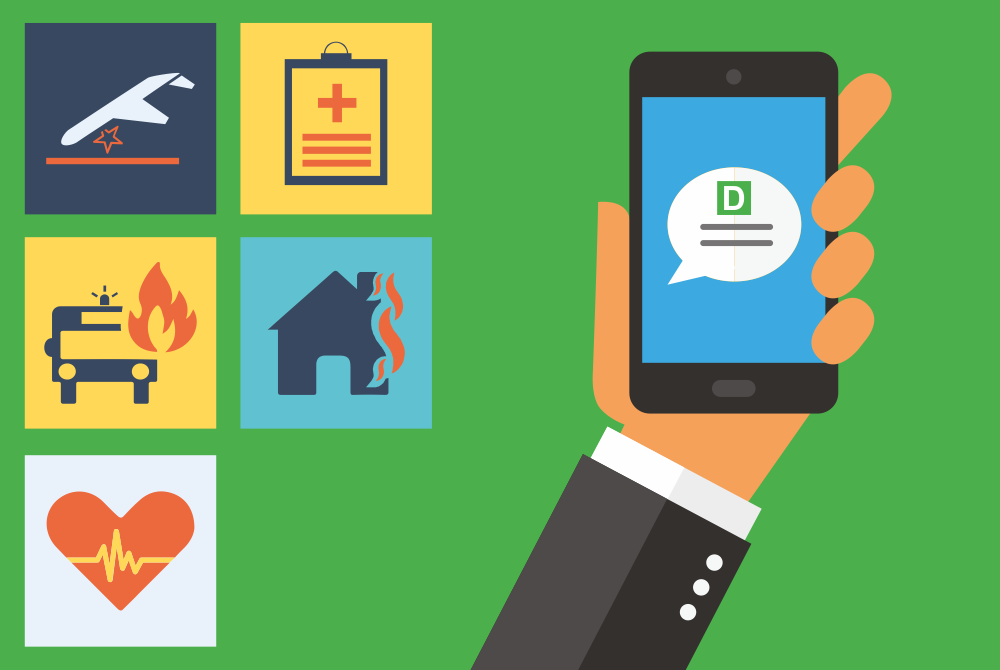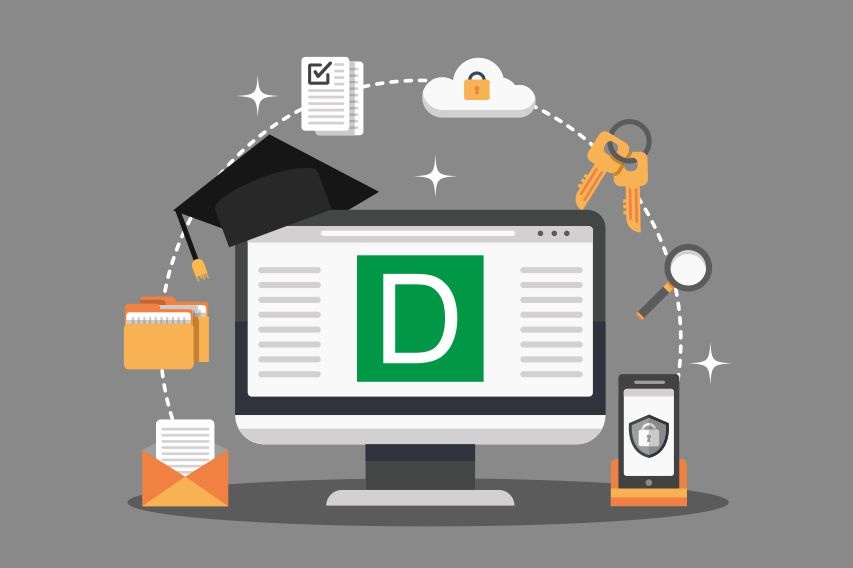Keeping your employees up-to-date with current trends and issues in cyber security might save your company from disaster.
All too often there are reports of phishing attacks, malware, ransomware, hacking and other security incidents befalling companies around the world. The sad fact is that often when this happens, it isn’t because a random hacker got lucky– it’s because staff within the company were lax with security.
While it pays to invest in security resources such as firewalls, anti-virus software and other technology, it’s also critical to train your staff to ensure that your organization has a culture of security.
If you’re not sure where to start, these are some of the most important security awareness training topics for your employees to help keep your business safe:
1. Physical security
How safe are your business premises? Who can access areas beyond your reception desk? Do they need to sign in or use a security pass? Teaching your staff to be aware of these sign-in procedures and monitoring people who are coming and going from your place of business is the first step to creating a security conscious workplace.
2. Authentication
Your employees’ passwords must be complex and robust, and they need to understand the importance of never sharing their passwords with anyone else.
If their company phones, laptops, tablets or other devices are lost or stolen, thieves can compromise your company network and gain access to sensitive data.
Insist on two-factor authentication to protect these devices, and teach your staff the importance of why you require this.
3. Email security
Email is one of the most common ways that attackers can penetrate your organization. This might be by sending viruses, ransomware or other malicious attachments. It may be that they target your employees with phishing emails. Teach your staff how to spot these emails and tell them apart from legitimate communications.
4. Network connections
When your staff wirelessly connect their devices to networks other than your own, they run the risk of their data being compromised.
Bluetooth should be avoided as much as possible, as should public wi-fi networks.
5. Web security
It is estimated that these days as many as 1 in 10 web pages contains some kind of malicious code. Teaching staff to be aware of web-based attacks will help keep them, and your company, safe while browsing the web.
6. Malware
Malware can be spread by email, as discussed above, or by accessing compromised webpages and clicking on suspect links. But it can also be inflicted on your networks by other sources, such as staff using a USB drive that has been infected.
7. Backups
If the worst should happen, having backups in place will help you to quickly recover data that has been lost or stolen as the result of malicious activity. With security front-of-mind, your staff should also adopt a policy of regularly backing up their work. It should be stored somewhere else, for example in the cloud.
 Caroline Duncan
Caroline Duncan







